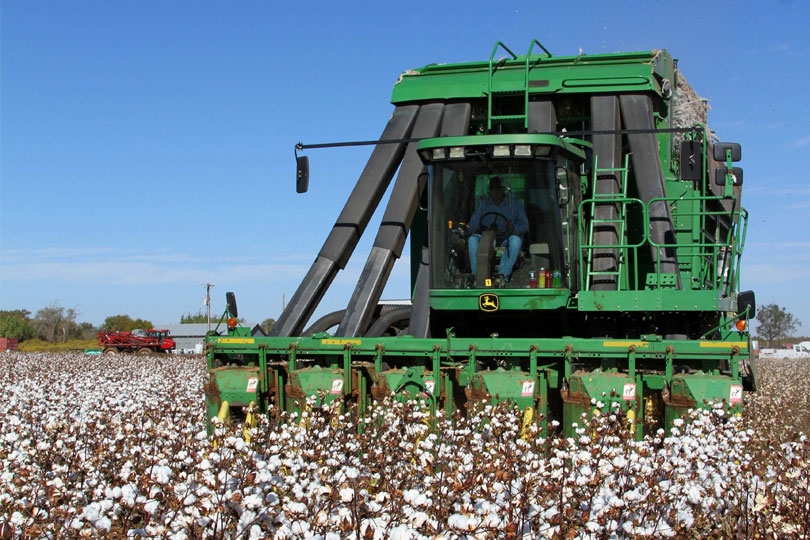By Jennifer Dorsett
Field Editor
Predicting a good or bad year for farming and ranching is a delicate balancing act, but even more so going into 2018.
With many changes and uncertainties on the horizon, economists agree on one thing: no one is really certain what 2018 will bring for the agricultural economy.
The tax reform bill of 2017 is expected to have a beneficial effect on farmers and ranchers, but this good news is somewhat tempered by unresolved issues, such as the ongoing North American Free Trade Agreement (NAFTA) negotiations and the upcoming farm bill.
Another key area of influence in agriculture’s financial well-being is input costs. Total input costs may rise this year, despite farmers and ranchers attempting to keep them as low as possible.
Fuel prices are expected to rebound from the lows seen in the past several years, and new equipment and technology costs are expected gain somewhat steadily. Other input costs, such as seed and fertilizer, are predicted to remain steady for the year.
Economists disagree on cotton prices, with some forecasting prices to fall due to expected carryover, while others remain optimistic following a 10-week gain in prices at the end of 2017.
Economists also are somewhat divided on soybeans but generally agree the outlook is promising, and say likewise for wheat prices in 2018 as long as global wheat acres decrease as expected.
Meat, dairy and poultry are all expected to increase, according to the latest Livestock, Dairy and Poultry Outlook issued by the U.S. Department of Agriculture, but beef prices are largely dependent on the outcome of trade talks with several nations, including those involved in NAFTA.
Uncertainty seems to be the name of the game at the start of 2018, but one thing agriculture can rely on—no one can ever completely predict the future.

